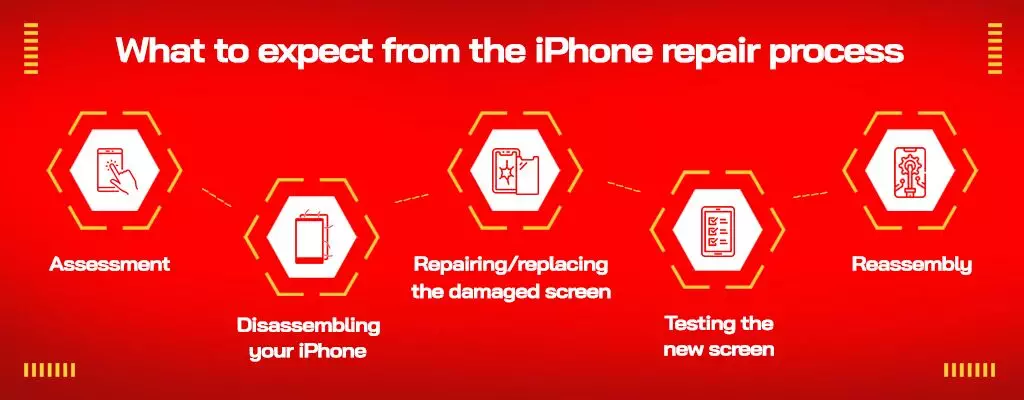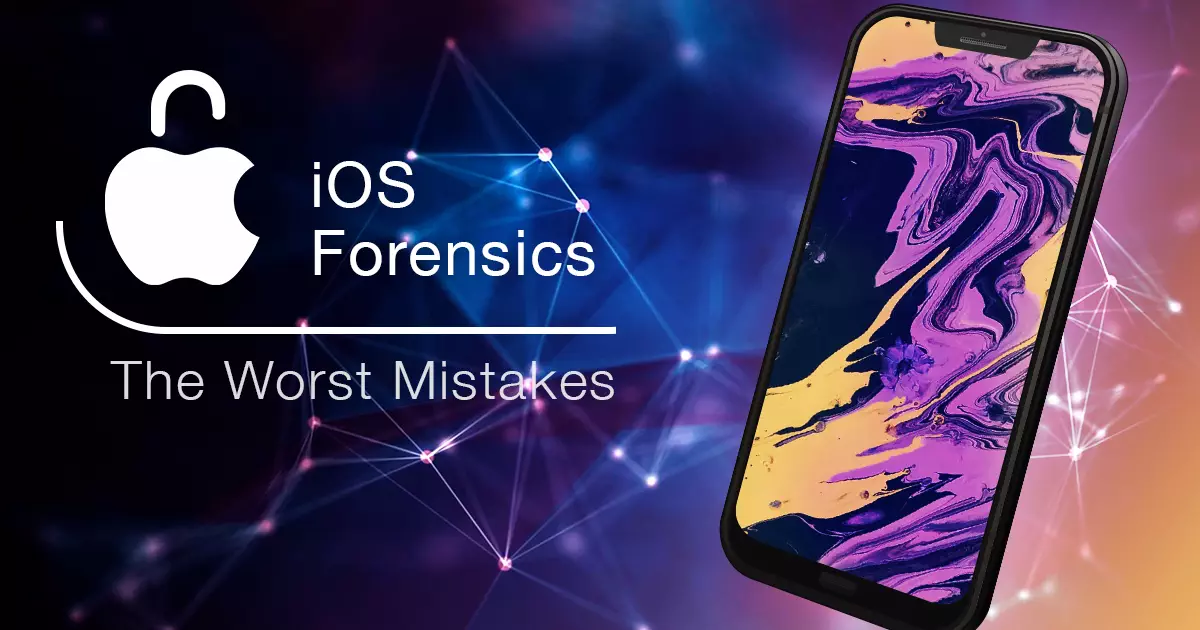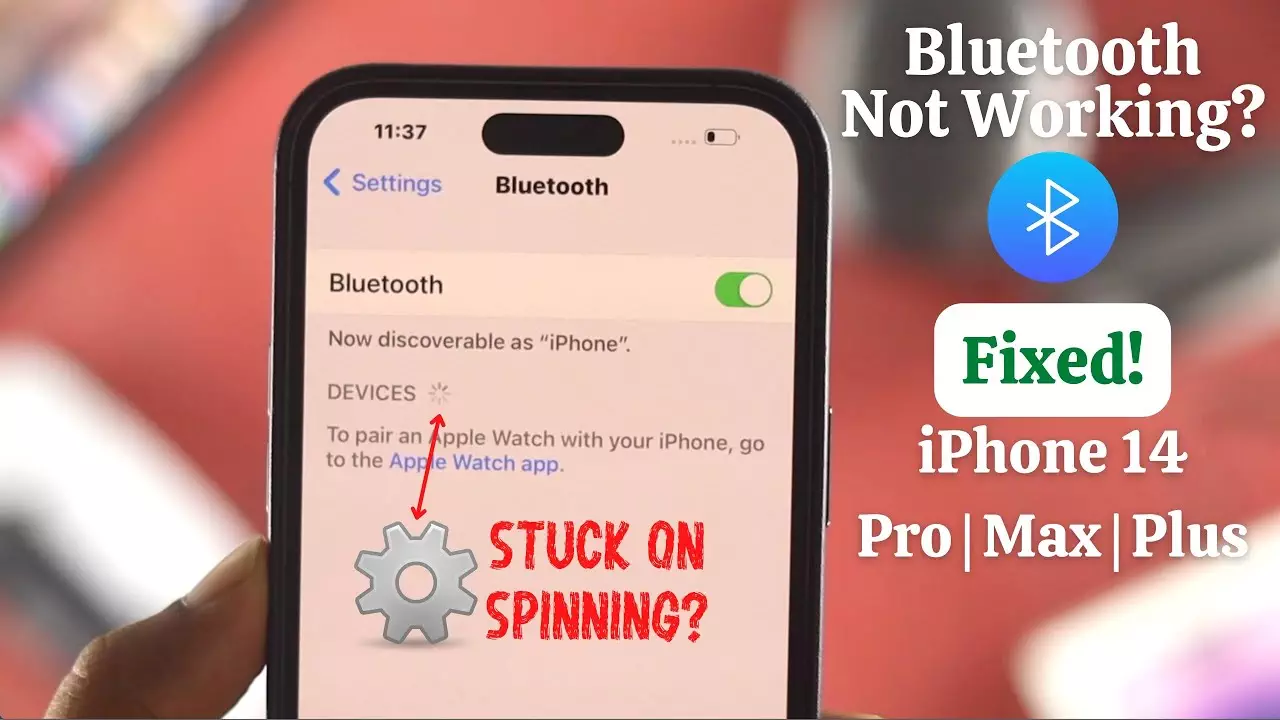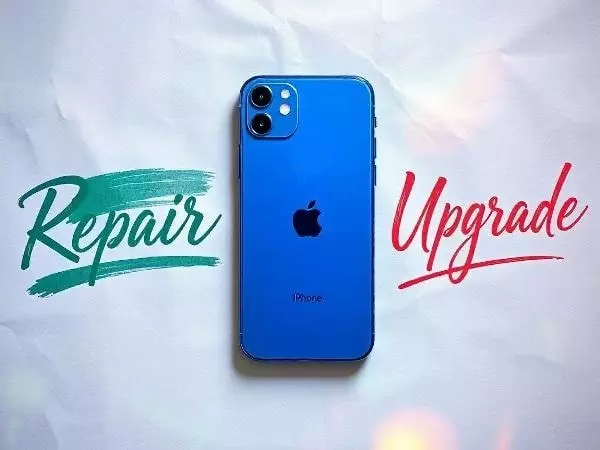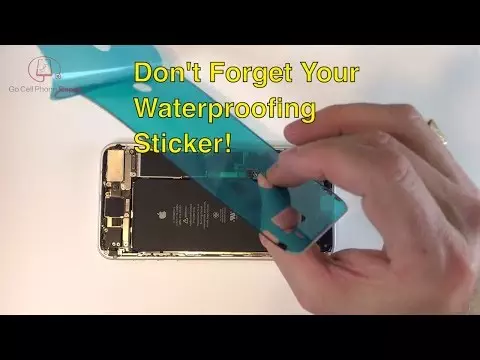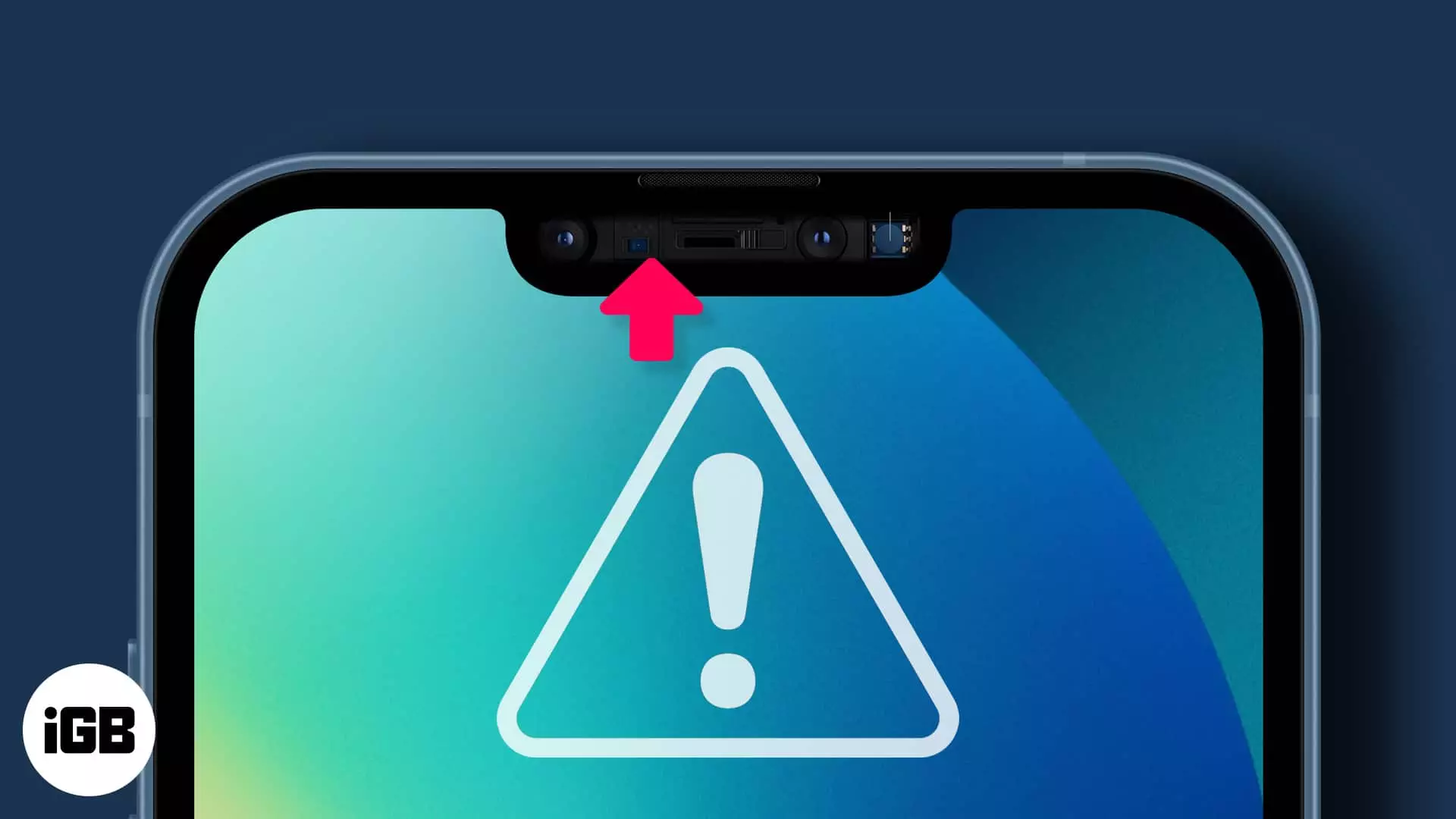
Why Your iPhone 12 Proximity Sensor Not Working DIY Fails (And How to Avoid It)
“Technology is best when it brings people together,” said Matt Mullenweg, and your iPhone is a prime example of that connection. But when the iPhone 12 proximity sensor isn’t working, DIY fixes can often leave you scratching your head. You might find yourself struggling with screen issues during calls or apps acting up at the worst times. Let’s dive into why these hands-on repairs might not be hitting the mark and explore smarter steps to set things right.
Understanding the root of your iPhone 12 sensor issues is key. Sometimes, the answer lies in simple troubleshooting, like cleaning the sensor area or updating software. Other times, you need a bit more insight, especially if you’re trying to fix the proximity sensor. With the right guidance, you can avoid common repair pitfalls and get your iPhone back in shape.
Ready to uncover the secrets to a successful iPhone repair? Let’s explore practical tips and expert advice on proximity sensor troubleshooting. Get ready to conquer those sensor woes!
Within the story
Understanding iPhone 12 Sensor Issues
If you’re experiencing trouble with your iPhone 12 sensor, you’re not alone. It’s helpful to understand what might be going on. Knowing common sensor problems can help you identify the best way to fix them.
Common Causes
First, let’s consider some causes. Dust and debris sometimes interfere with sensors in your phone. This happens when tiny particles enter the device through small openings.
Another common cause is software glitches. These can make your phone behave in unexpected ways, including affecting sensors.
Physical damage, like dropping your phone, can also affect sensor performance. This kind of damage is often visible, but not always.
Signs of Proximity Sensor Failure
How do you know if your sensor is failing? One sign is if your screen stays active during calls. Normally, the screen should turn off when you hold the phone to your ear.
You might also notice problems with the touch screen. If it’s not responding correctly, it could be related to the sensor.
Additionally, voice calls can be affected. If people are having trouble hearing you or you can’t hear them, the sensor might be involved.
Why iPhone 12 Proximity Sensor Not Working DIY Can Fail
Trying to fix your iPhone 12 proximity sensor not working DIY might seem easy. However, there are some pitfalls you should be aware of.
Lack of Proper Tools
One major issue is using the wrong tools. If you don’t use proper ones, you might cause more damage than good to your phone.
Even DIY kits available online may lack the necessary equipment. This means you might not have everything you need to fix the problem correctly.
Insufficient Technical Knowledge
Another pitfall is a lack of experience. Without the right knowledge, you can easily make mistakes that worsen the problem.
Proximity Sensor Troubleshooting Steps
Before trying complex solutions, there are simpler steps you can follow to troubleshoot your iPhone 12 sensor issues.
Software Fixes
One simple step is to update your iPhone 12 regularly. This can often fix glitches caused by outdated software.
Another quick fix is restarting your device. This can clear temporary glitches affecting your sensor.
Additionally, check for third-party app interference. Sometimes, apps can affect how sensors work, so removing problematic apps could help.
Physical Adjustments
If software fixes don’t work, you might need to clean the sensor area carefully. Dirt and dust can block your sensor, so a gentle clean might solve the issue.
However, be gentle to avoid causing damage.
When DIY iPhone 12 Repair Makes Sense
Sometimes, a DIY iPhone 12 sensor fix can be simple and effective. Knowing when to attempt these fixes can save you time and money.
Simple Fixes for iPhone 12 Sensor DIY
One straightforward fix is replacing screen protectors. If they’re misaligned or dirty, they can interfere with the sensor’s function.
Another simple action is making some recalibrations. This can improve sensor function without needing professional help.
Risks Involved
However, it’s important to understand the potential damage from DIY repairs. If you’re not careful, you can damage your phone further.
Consider the warranty implications. Some changes might void your warranty, so think about that before you start.
Remember, complex repairs often require professionals. If you’re unsure, it’s better to seek help to avoid worsening the issue.
- Ensure proper tools.
- Understand technical requirements.
- Avoid voiding warranties.
Taking these precautions can prevent mishaps and help you fix iPhone sensor issues effectively.
Fix iPhone Sensor Without Professional Help
There are some fixes you can try without needing professional help, as long as you’re careful and prepared.
Gathering Necessary Tools
First, make sure you have the necessary tools. Use proper screwdrivers and cleaning tools to perform repairs safely.
Professional Repair Options
If your iPhone 12 sensor issue persists, it might be time to seek professional help. Understanding when it’s necessary to see an expert is key.
When to Seek Help
Persistent issues that don’t resolve with DIY fixes need expert attention. If you’ve tried everything and still have problems, it’s best to consult a professional.
Choosing a Repair Service
When choosing a repair service, look for authorized repair centers. These centers have trained technicians who understand your device.
Check reviews for quality assurance. Reading what others have to say can give you insight into their experience and help you select a trustworthy service.
Keep Your iPhone Working Smoothly
Troubleshooting your iPhone’s sensor issues can save you time and frustration. Understanding why DIY attempts sometimes fail helps you make better choices. With the right knowledge, you can avoid common pitfalls and keep your device running smoothly.
First, identify the specific sensor problem on your iPhone 12. Use reliable sources to guide you through the right steps for diagnosing the issue. If needed, consult a professional for repairs that go beyond simple fixes. You can make informed decisions that suit your needs.
Empower yourself to take control of your device’s performance. Start by assessing your iPhone today and take the first step toward resolving any sensor issues. Dive into these steps and keep your iPhone 12 in top shape!

